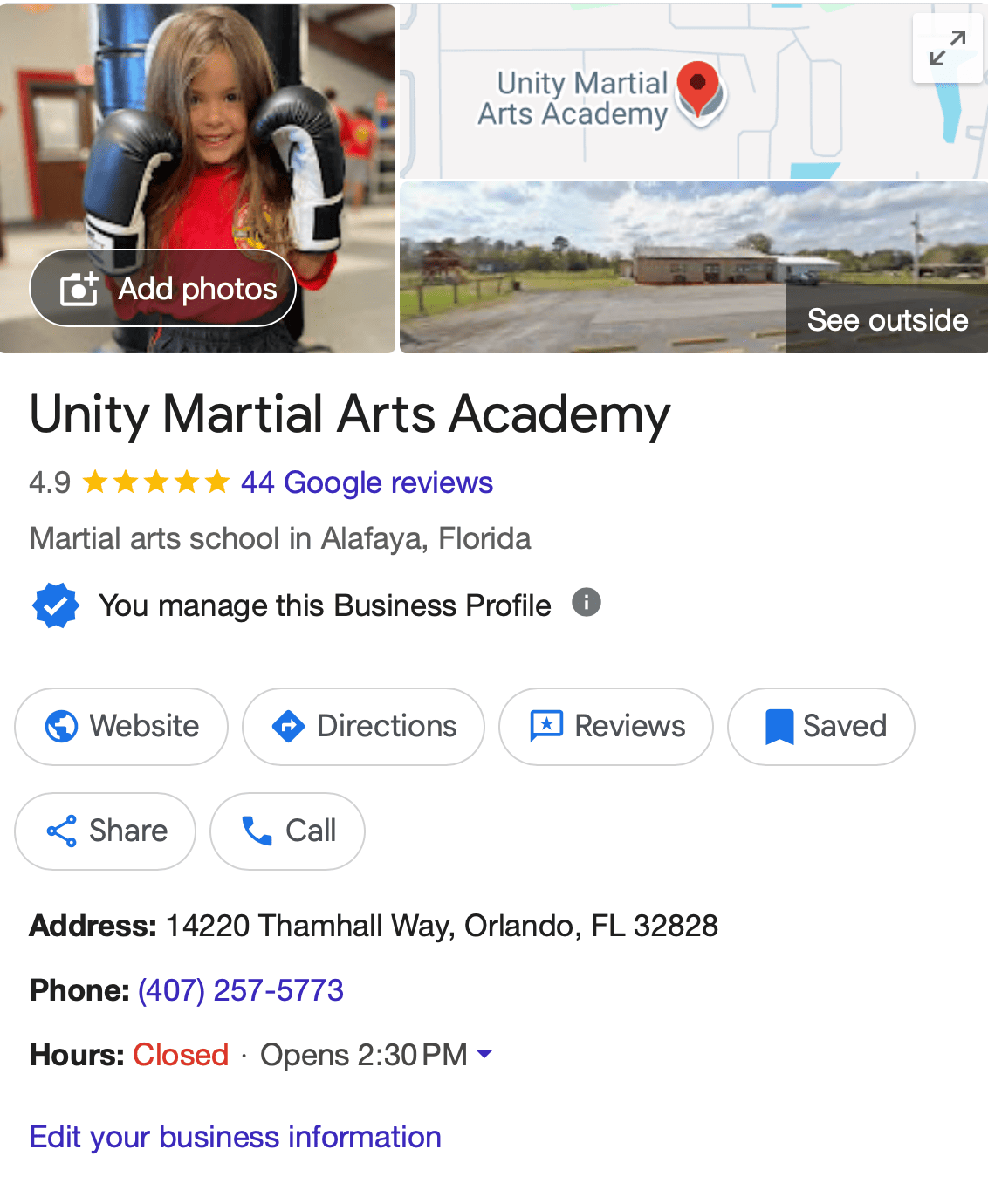The concept of "Black Belt Eyes" highlights a common pitfall in how martial arts instructors and school owners perceive their advertising and engagement with potential clients. This term refers to the tendency of those deeply ingrained in martial arts to view marketing materials and school practices through the lens of an expert, potentially alienating or misunderstanding the perspective of newcomers or the general public, who may possess "Market Eyes."
Here’s a breakdown of the key points and strategies to manage this issue effectively:
Understanding Black Belt Eyes vs. Market Eyes
- Black Belt Eyes: This perspective focuses intensely on the specifics and authenticity of martial arts techniques and practices. It's about precision and adherence to traditional martial arts values, which can sometimes overshadow broader marketing and operational strategies.
- Market Eyes: This viewpoint represents the potential clients who are usually not experts in martial arts. They look at the overall experience, the benefits, and how engaging or accessible the martial arts school feels.
Example and Implications
In the story you provided, a martial arts ad campaign featuring a student performing a jump sidekick garnered significant attention but also criticism from some instructors because the depicted techniques or uniforms didn't align with their specific practices. This scenario illustrates how Black Belt Eyes might focus on the minutiae that most potential clients would overlook or find irrelevant.
Strategies to Balance Perspectives
-
Broaden Appeal: When creating marketing materials or school policies, consider how they will be perceived by someone unfamiliar with martial arts. Emphasize benefits like fitness, discipline, self-confidence, and fun over technical details.
-
Feedback and Collaboration: Regularly seek feedback from people outside the martial arts community to ensure your marketing appeals to a broader audience. Collaborating with marketing professionals can also provide a fresh perspective.
-
Focus on Benefits: Instead of listing specific martial arts techniques or achievements, highlight how attending your school can positively impact one’s life, such as improving physical health, mental well-being, or social skills.
-
Professional Branding: Avoid using overly complex or niche symbols in logos and branding. Opt for clear, professional, and appealing designs that communicate the essence of your school without confusion.
-
Educational Content: Use your marketing platforms to educate potential clients about what martial arts is and what it isn't, dispelling common myths and showcasing the inclusivity of your school.
-
Adapt to Feedback: If you notice a particular ad or approach isn't resonating, or if it's generating confusion or negative feedback, be ready to adapt and try different strategies. The market's needs can evolve, and so should your approach.
Conclusion
Balancing Black Belt Eyes with Market Eyes is crucial for the growth and accessibility of martial arts schools. By understanding and integrating the needs and perspectives of potential clients, schools can better communicate the value of martial arts in a way that is engaging and understandable to the broader public. This approach not only helps in attracting new students but also in building a more inclusive martial arts community.



